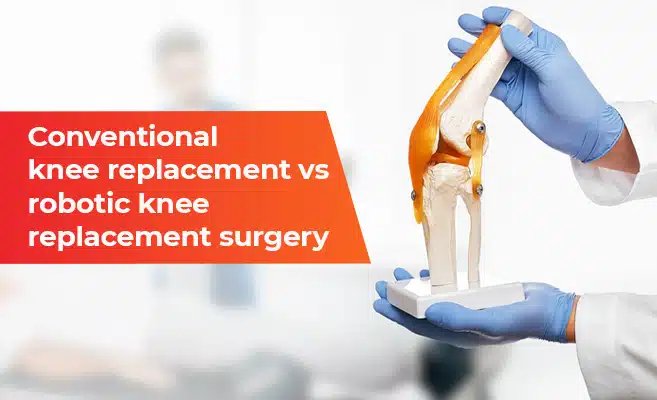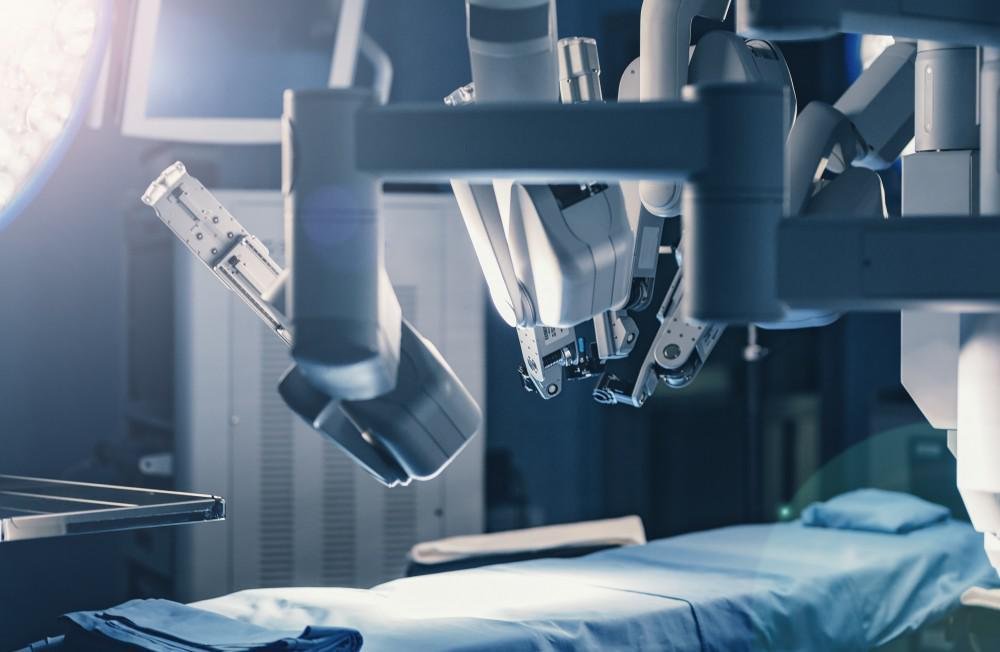ROBOTIC AND CONVENTIONAL KNEE ARTHROPLASTY
Robotic knee arthroplasty and conventional knee arthroplasty are both effective treatments for knee arthritis. However, there are some differences between the two approaches that may make robotic knee arthroplasty a better option for some patients.


Robotic knee arthroplasty uses advanced technology to assist the surgeon in planning and pertorming the surgery. The surgeon uses a computerized system to create a 3D model of the patient's knee and then uses this model to plan the surgery. During the surgery, the surgeon uses a robotic arm to precisely cut and shape the bone, which can result in a more accurate fit of the implant.
Conventional knee arthroplasty, on the other hand, involves the surgeon using handheld tools to cut and shape the bone. While this approach is also effective, it may not be as precise as robotic knee arthroplasty.
Here are some potential benefits of robotic knee arthroplasty over conventional knee arthroplasty:
- Increased accuracy: The use of robotic technology can result in more precise cuts and implant placement, which can lead to a better fit and improved function.
- Less tissue damage: Robotic knee arthroplasty may result in less soft tissue damage, which can lead to a quicker recovery and less pain.
- Reduced risk of complications: The precise nature of robotic knee arthroplasty can reduce the risk of complications such as implant dislocation and infection.
- Customized approach: Robotic knee arthroplasty allows for a more individualized approach to surgery, as the surgeon can create a personalized plan based on the patient's specific anatomy.
However, it's important to note that robotic knee arthroplasty is not always the best option for every patient. Factors such as cost, availability, and the patient's overall health and medical history should also be taken into consideration when deciding on a treatment plan.
Robotic knee arthroplasty may offer some potential benefits over conventional knee arthroplasty, including increased accuracy, less tissue damage, and a reduced risk of complications. However, each patient's situation is unique, and the decision on which approach to use should be made in consultation with your orthopaedic surgeon.

